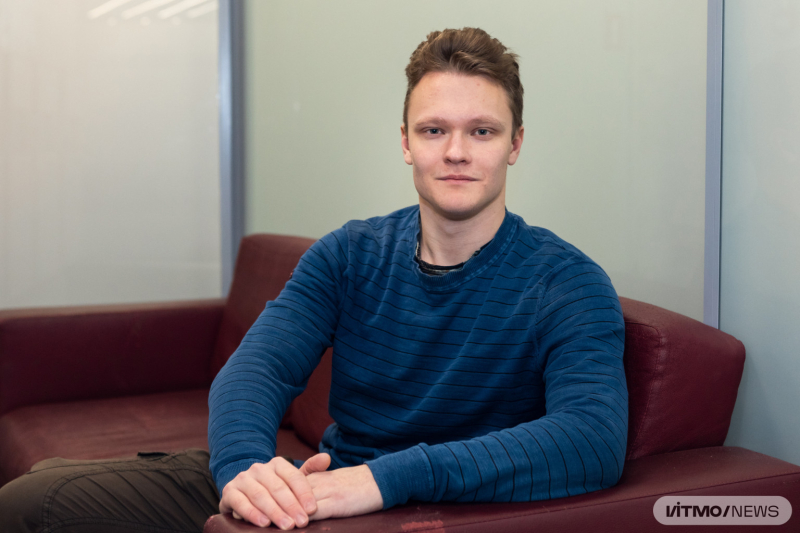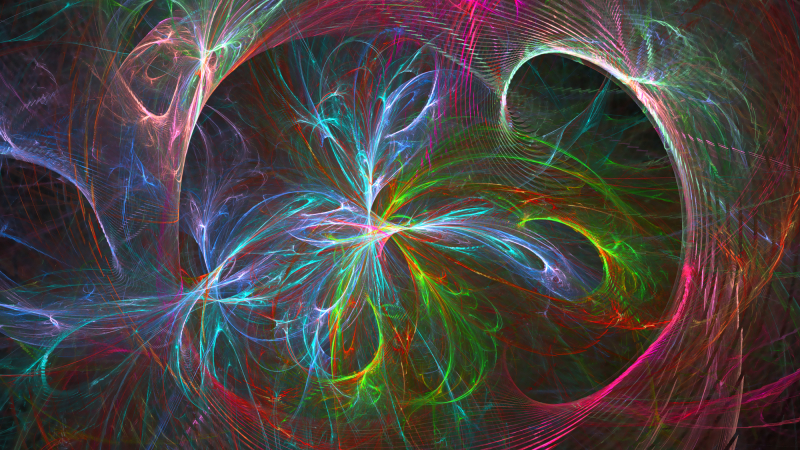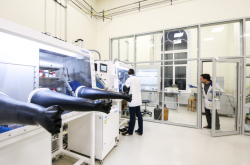Entangled Bell states are fundamental for quantum information processing, quantum computing, and ultrafast chips, which is why any devices based on superconducting qubits (e.g., next-gen chips or quantum computers) have to be capable of creating them. While it is possible to generate sources for several photons with existing systems, the parameters of the resulting particles would need to be set during manufacturing, meaning that the system’s characteristics will have to remain unchanged. This effectively limits each installation’s research and engineering capacities.
As a way to overcome these limitations, researchers from ITMO’s School of Physics and Engineering have suggested a theoretical framework to dynamically engineer quantum correlations and entanglement in the frequency-comb emission from an array of superconducting qubits. The new universal method accounts for qubits’ temporal evolution and can be used to control photon correlations in dynamically modulated quantum systems.
“Our framework adds a switch to the system that makes it possible to shift gears from photon bunching (when they are generated in groups) to antibunching (when each photon is generated separately). We have also suggested a simple and highly efficient method of generating the frequency-comb for a simple two-level quantum system: we take two qubits, insert them into the system, and “shake” their levels (with a slight phase delay). As a result, we get a “chess diagram” depicting the bunching and antibunching effects protected by the system’s symmetry. This allows us to dynamically generate multiphoton entangled states with some precision by simply choosing the right “shaking” law,” comments Denis Ilin, a co-author of the study and a Master’s student at the School of Physics and Engineering.

Denis Ilin. Photo by Dmitry Grigoryev, ITMO.NEWS
Having conducted analytical calculations of correlation functions at low “shaking” (or excitation) amplitudes and the corresponding excitation-dependent entanglement entropy, the researchers confirmed their theoretical conclusions. This also allowed them to expand the method’s applicability for a higher amplitude range.
As a result, the scientists have demonstrated that it is possible to control mutual correlations between signals in a waveguide and suggested an efficient method of accomplishing that during single-channel quantum information transfer. This opens new avenues for next-gen frameworks to be employed in future quantum information processing devices (including computers).
Further on, the researchers are planning to expand their study by delivering experimental proof of their hypothesis, as well as changing the parameters of the studied system by introducing mechanical degrees of freedom.
This research project was supported by the Russian Science Foundation and the Priority 2030 program of the Russian Ministry of Science and Higher Education.
Editorial team




